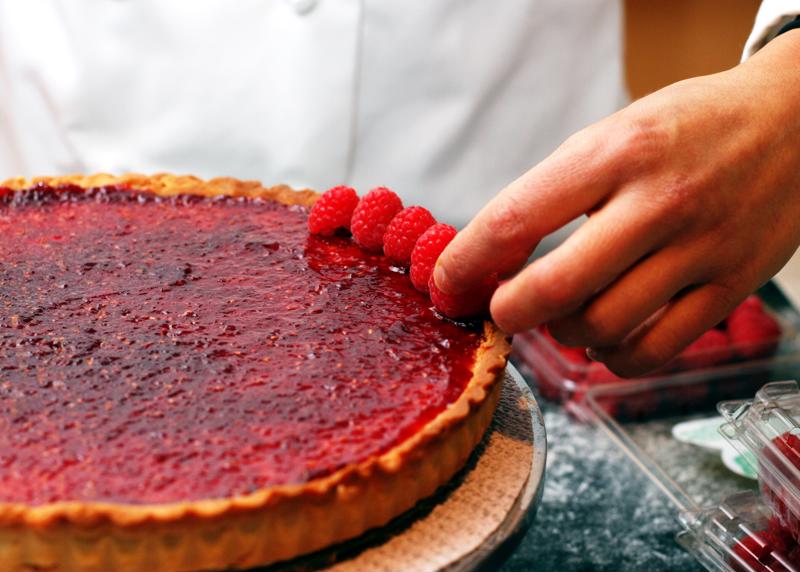Collaboration is one of the joys of working as a professional chef. In nearly every kitchen, different backgrounds and levels of experience can combine to create the potential for a variety of entirely new recipes. Additionally, chefs can draw on their past work, family heritage and other sources to add and adapt existing recipes that haven't yet been on their restaurant's menu. For online culinary school students, understanding how to collaborate effectively is an important part of growing and developing as a chef.

Working together in the kitchen
Bringing new ideas together is an established practice in professional kitchens, to say the least. From countless fusion cuisine creations to collaborative projects like Roy Choi and Daniel Patterson's effort to reinvent American fast food, there are many different opportunities in the culinary world to bring new ideas to light. For many chefs, the first experiences with these group exercises will come during their education and their earliest jobs on the line. How can you plan to collaborate effectively and make your ideas heard at the right time?
Let the head chef take the lead
Whether it's the executive chef, the kitchen manager or someone else in a per-shift or permanent leadership role, a good kitchen has an established hierarchy that makes day-to-day and long-term operation more structured and efficient. In general, take your cues from your head chef. Let them bring up opportunities for upcoming events, seasonal menu changes, daily specials and other instances where a new menu item is needed.
Seize the right opportunity
This isn't to say you should never, ever speak up unless you're asked for an opinion. There are times when taking the initiative can pay off, especially if you have a solution for a problem that comes up in general terms during the discussion of a potential new dish, and in similar situations. Just be sure it's the right time to jump into the discussion, that your head chef is at a point where they'll be receptive to a suggestion and that your idea is carefully considered and actionable.
Experimenting with what you have
Small-scale experimentation, especially with leftover ingredients that would otherwise go to waste or are used for a staff meal, is one way to test a recipe you know well in the confines of your kitchen. Just make sure the leaders in the back of the house are OK with this sort of approach, and, if the experiment turns out well, be prepared to offer a sample to your colleagues.
Bringing the back of house together
If you're in a position to add items to a menu or create a special, whether due to careful planning or a sudden necessity, don't be afraid to discuss options with your fellow chefs. This sort of interaction can reveal a solution to the immediate concern – a new menu item – as well as strengthen bonds between you and your colleagues. You don't have to seek out an entirely new idea or type of cuisine to add to the menu, either. A productive conversation with a co-worker can help you find the most efficient way to prep and store the necessary ingredients, determine the finishing touches for a truly unique meal or fine tune many other elements of preparing a dish and getting it in front of customers.
When you make an effort to collaborate and share ideas, you enable your restaurant to offer new and delicious dishes to eaters. To develop your skills and put yourself in a position to collaborate effectively, check out our online culinary program.

